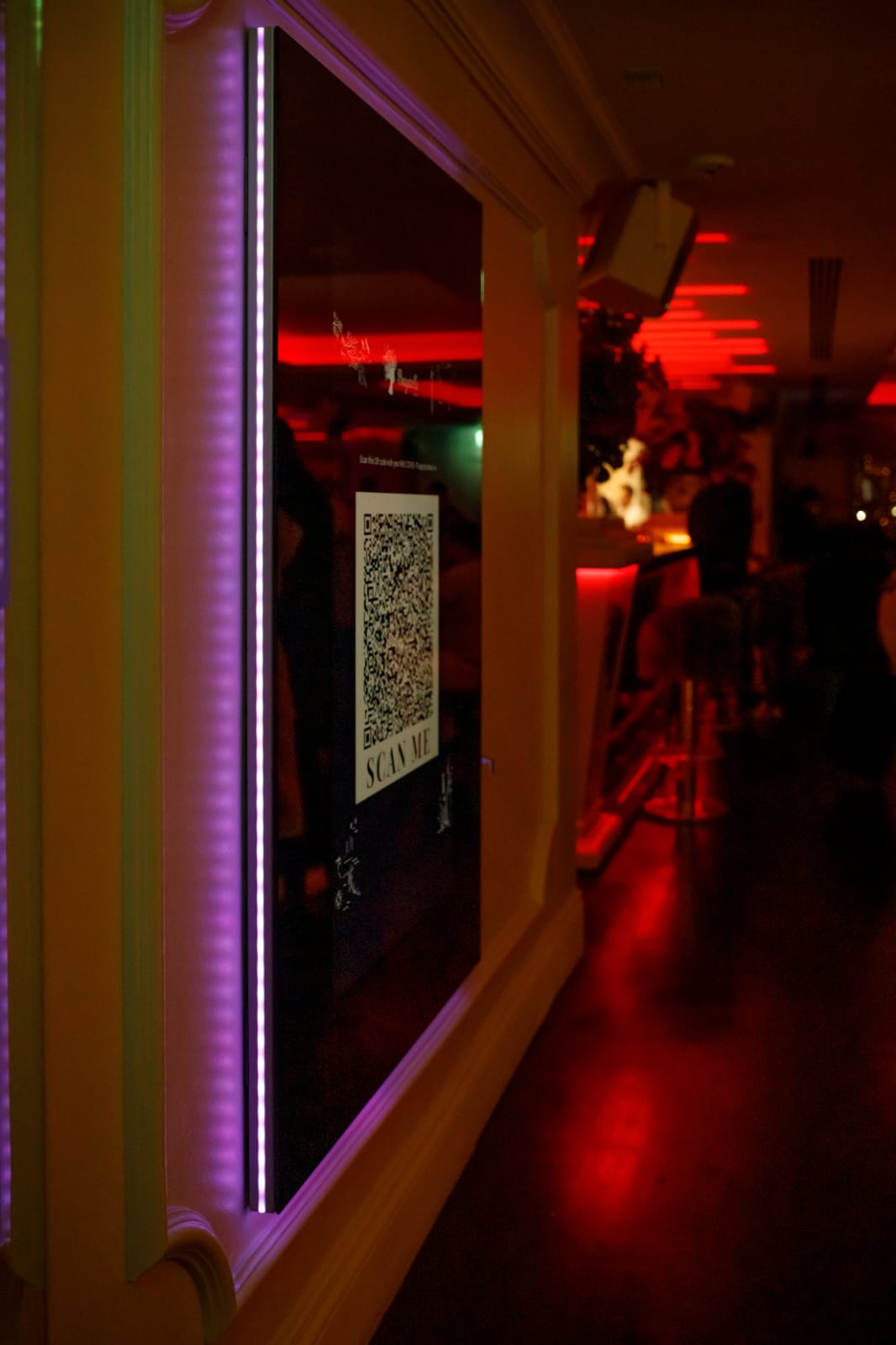Barbara Jarabik: Luxury brands are all about creating an experience that is exclusive, aspirational, and memorable. However, luxury brand marketing is more than just creating a beautiful website, using celebrity endorsements or influencer marketing. To really stand out in today’s luxury market, brands need to be strategic, laser-focused, and customer-centric in their marketing efforts. Hopefully these luxury marketing strategy tips will help you create a winning strategy and to gain loyal customers.

If Ferrari’s sold for $15,000, they wouldn’t appear very luxurious. Everyone would have them which would negatively affect the exclusivity as I spoke about earlier and it would make them appear less special. Don’t get me wrong. I love supercars and I’m sure a Ferrari is worth every penny it’s sold for, but I don’t doubt it’s marked up to hundreds of thousands of dollars on purpose. The price positions it as top-of-the-line and miraculous. This is why one of the smartest strategies luxury brands can use to increase revenue is simply increasing how much they sell products for. Imagine that you received 1,000 orders every month at an average value of $300.
For luxury brands, the Internet does not represent wider distribution of actual products. It’s a wider distribution of the content that evokes the desire to buy luxury products. Translated to the offline world, effective digital marketing is like running more advertisements on buses, or more TV ads, or having more stores in Central London. Exclusivity can be created online through private member groups, concierge services, or digitally-delivered loyalty perks that are reserved specifically for previous customers.
There’s a reason Gucci doesn’t do infomercials for tiger print duffels. That Equinox doesn’t offer a discount for January first’s newly health-obsessed. That anthropomorphic Hamsters break dance in front of Kia Souls instead of Range Rovers. Advertising for luxury brands tends to focus on, well, luxury. The happiness they inspire. The quality. The sheer opulence that becomes a piece of one’s life when he or she buys free-range leave-in conditioner infused with dolphin tears, or an ornate bottle of some top-shelf botanical cordial. Whether you’re storyboarding a TV spot or building out an ad group in Google Ads (the artist formerly known as AdWords), your target audience needs to feel as though your product or service is a physical manifestation of luxury.

In fact, Chanel are one of the most ‘pinned’ brands on the social network, with over 1,244 pins of Chanel products pinned on the social network per day on average. This is made even more impressive when you consider that Chanel do not even have an account on Pinterest (it’s all driven by their advocates). A luxury brand that I came across who do an exceptional job of marketing themselves on Pinterest is 77 Diamonds in London. Their Pinterest profile is aspirational, educational, and strikes a great balance between not being too promotional, yet still raising awareness of 77 Diamond’s products. Read even more details at https://about.me/barbarajarabik .
Digital signage mirrors are another way for luxury brands to advertise efficiently : The world digital signage mirrors market was estimated at USD 780 million in 2021. The global market is expected to grow at a CAGR of 12.21% to hit USD 910 million by 2023. Digital signage mirrors can greatly increase individual efficiency by choosing outfits as per weather updates while also offering bus and train schedules (including traffic updates). Digital signage mirrors in smart homes, planes, commercial spaces, hotels, etc. are designed to be connected to users as well as with different devices around. Energy efficiency is one of the major advantages that will drive the adoption of digital signage mirrors.